In the quiet corners of thrift stores and the curated displays of vintage boutiques, a sartorial revolution is quietly unfolding. Young people, often stereotyped as slaves to fast fashion and digital trends, are increasingly turning to the well-worn leather jackets and tailored suits of previous generations. This isn't merely a fashion whim; it's a profound cultural shift, a conscious rejection of the new in favor of the storied, the mass-produced in favor of the unique. The revival of the "father's wardrobe" speaks volumes about a generation's desire for authenticity, sustainability, and a tangible connection to a past they can only imagine.
The allure begins with the undeniable quality and character inherent in these garments. A vintage wool blazer from the 1970s, with its robust stitching and full canvas construction, tells a story of an era when clothing was built to last decades, not just a single season. The leather of an old flight jacket, cracked and supple from years of wear, possesses a patina that no factory-distressed new jacket can authentically replicate. This is clothing with a soul. For a generation navigating a world of digital perfection and disposable products, these imperfections are not flaws; they are badges of honor, proof of a life lived. Each scuff on a brogue and each faint outline of a wallet in a trouser pocket is a mystery, a silent narrative waiting to be continued by its new owner.
Beyond the tactile appeal lies a powerful statement against the environmental and ethical downsides of contemporary consumerism. The modern fashion industry, particularly the fast-fashion sector, is a notorious polluter and a frequent subject of scrutiny over labor practices. By choosing vintage, young consumers are making an active, politically-charged choice to opt out of this cycle. They are embracing a form of style that is inherently sustainable—recycling on its most elegant level. This isn't just about looking good; it's about feeling good about one's choices, aligning one's wardrobe with a broader ethos of mindfulness and reduced waste. The vintage garment comes with no new carbon footprint, no plastic packaging, and no questionable supply chain. Its cost is purely monetary, making it a purchase one can feel genuinely virtuous about.
Furthermore, this trend is deeply intertwined with a search for individual identity in an increasingly homogenized world. Fast fashion and algorithm-driven social media feeds often create a landscape where everyone is wearing slight variations of the same few trending items. In contrast, a vintage piece is a one-of-a-kind find. Discovering a unique 1980s power shoulder suit or a perfectly broken-in A-2 bomber jacket allows a person to craft a personal style that is truly their own, free from the echo chamber of micro-trends. It is an act of sartorial rebellion. It declares that one's identity is not for sale in a mall or dictated by an influencer, but is instead unearthed, curated, and personal. Wearing these pieces becomes a way to stand out by looking back, to be unique by embracing something that has already proven its timelessness.
Nostalgia also plays a crucial, if sometimes subconscious, role. For millennials and Gen Z, who came of age amidst rapid technological change and global uncertainty, the past can seem like a simpler, more romanticized era. They are consuming media—from Mad Men’s sharp 1960s tailoring to Stranger Things’ 1980s Americana—that glorifies the aesthetics of decades past. Wearing the actual clothing from these periods is a way to physically connect with that idealized history. It’s a form of aesthetic time travel. Donning a grandfather's tweed sport coat or a classic Levi's trucker jacket isn't just about the fit or the fabric; it's about channeling the perceived stability, craftsmanship, and rugged individualism of those times. It is wearable history, allowing the wearer to embody a narrative far richer than their own lived experience.
Finally, the practical aspect cannot be ignored. In many cases, high-quality vintage clothing offers astounding value. A meticulously crafted suit from a renowned mid-century maker, found for a fraction of its original price, often rivals or surpasses the quality of a new designer garment costing several times more. This appeal is magnified in an economic climate of inflation and stagnant wages. Young consumers are making savvy financial decisions, investing in pieces that are not only unique and sustainable but also represent a smarter allocation of their resources. They are building a wardrobe of heirloom-quality items, not transient trends, recognizing that true style is perennial.
The revival of the father's wardrobe is far more than a passing trend. It is a multifaceted movement driven by a hunger for authenticity, a commitment to sustainability, a pursuit of individual identity, a deep-seated sense of nostalgia, and plain old-fashioned pragmatism. It represents a generation looking to the past not to live there, but to find a better way to dress—and live—in the present. In the weave of an old tweed jacket and the grain of a weathered leather belt, they are finding values that feel new precisely because they are so old: quality, character, and a story worth wearing.
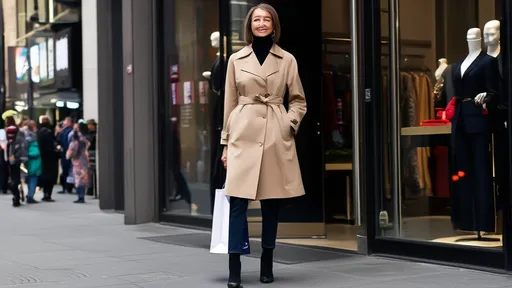
By /Aug 21, 2025
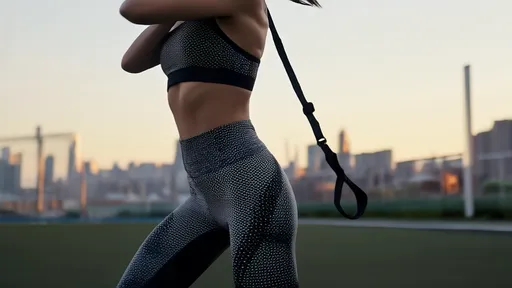
By /Aug 21, 2025

By /Aug 21, 2025
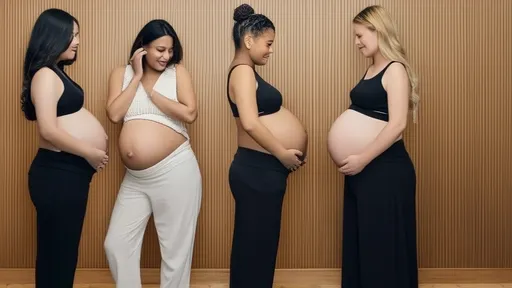
By /Aug 21, 2025

By /Aug 21, 2025

By /Aug 21, 2025

By /Aug 21, 2025

By /Aug 21, 2025
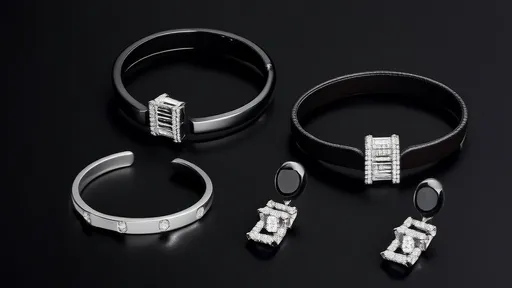
By /Aug 21, 2025

By /Aug 21, 2025
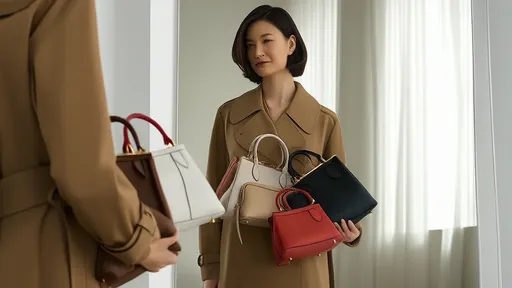
By /Aug 21, 2025
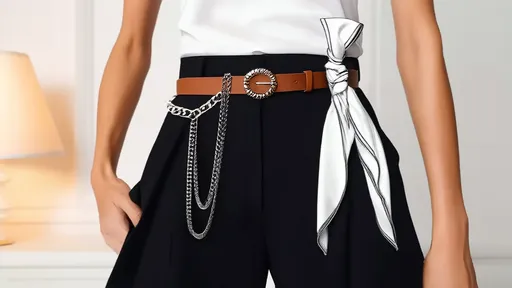
By /Aug 21, 2025

By /Aug 21, 2025
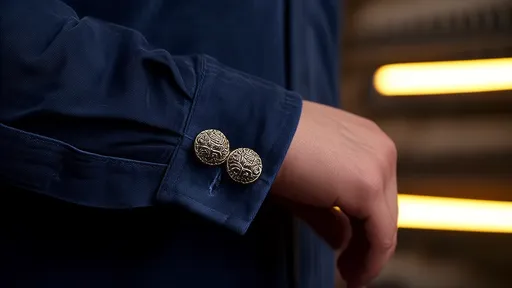
By /Aug 21, 2025

By /Aug 21, 2025
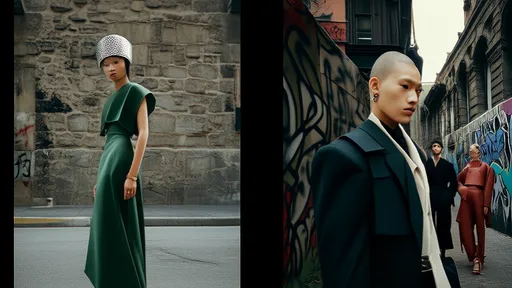
By /Aug 21, 2025

By /Aug 21, 2025

By /Aug 21, 2025

By /Aug 21, 2025

By /Aug 21, 2025